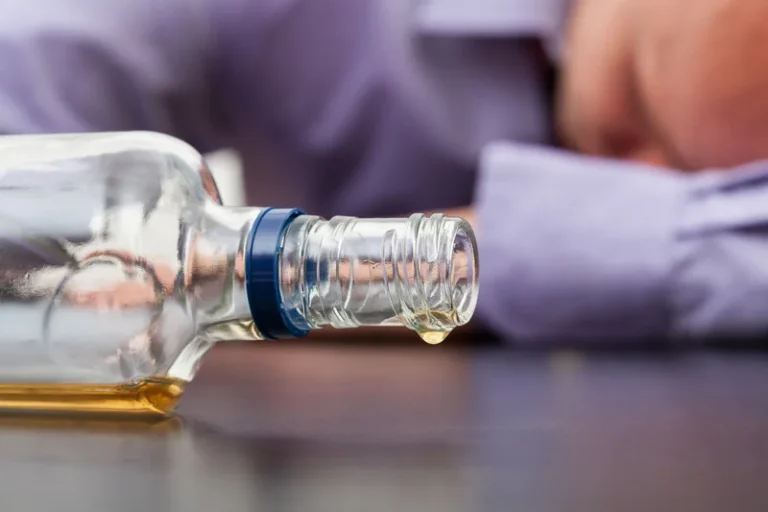
These results are largely in agreement with the literature, though some disparities exist. For example, long-term alcohol self-administration resulted in decreased dopamine uptake rates in the dorsolateral caudate of male cynomolgus macaques [22, 24]. This group also found no difference in the quinpirole-mediated inhibition of dopamine release between alcohol and control male cynomolgus macaques [24]. It is likely that species, https://ecosoberhouse.com/ striatal subregion, and intake duration (6 months in the previous study versus 1 year in the present study) differences may account for many of the dissimilarities between studies. It should also be noted that our study is the first to examine long-term alcohol effects on dopamine release in the putamen of NHPs and to demonstrate that acetylcholine driven dopamine release is conserved across rodent and NHP species.

Activities That Release Dopamine
Because it makes us feel good, we may seek it out in ways that are unsafe for us. This can involve having unprotected sex, having sex with someone who is a stranger and might be dangerous, or not taking care of the responsibilities you have in life because you are busy pursuing sex. Behavioral addictions are an example of how chasing the rush and pleasure of dopamine may contribute to problems. Common behavioral addictions include becoming hooked on work, video games, exercise, gambling, or internet use. No matter how enjoyable, engaging in regular, dopamine-boosing activities is unlikely to rewire your brain so you no longer enjoy the simpler things in life. While some have hypothesized that dopamine exposure can lead to tolerance—meaning you need more and more of it to feel the same effects—there isn’t actually any research to substantiate this.

The dopamine system and alcohol dependence

A third example of how the quest for dopamine can lead to problems is with alcohol and recreational drugs. These substances release dopamine in the most straightforward way of all, with drugs like cocaine directly flooding alcohol and dopamine our brains with it. When people develop a behavioral addiction, they spend too much time pursuing these behaviors. They neglect other important tasks and feel like they must engage in the behavior just to feel normal.
Neurotransmitters: What They Are and What They Do

The first is Ribose-5-Phosphate which is required for the synthesis of nucleic acids and other complex sugars. The second is nicotinamide adenine dinucleotide phosphate (NADPH) which is required in the assembly of coenzymes, steroids, fatty acids, amino acids, neurotransmitters, and glutathione [61]. The reduction in production of these factors in addition to thiamine deficiency interrupts the cells’ defense mechanisms, notably the ability to reduce reactive oxygen species (ROS), leading to cellular damage. Another mechanism by which thiamine deficiency leads to cytotoxicity is by affecting carbohydrate metabolism leading to the reduction of the enzyme α-Ketoglutarate Dehydrogenase, leading to mitochondrial damage, which in turn induces necrosis [61]. It can occur in people taking medications that interact with specific neurotransmitter receptors such as antidepressants. Becoming dependent on that rush of dopamine can be risky when it involves behaviors or substances that pose dangers to our physical and mental health.
Influence of alcohol consumption on the dopaminergic system
- As the VTA is a major nucleus of dopamine cell bodies, we explicitly assessed changes in connectivity with the VTA induced by depletion of dopamine precursors.
- A blood alcohol level of 0.08, the legal limit for drinking, takes around five and a half hours to leave your system.
- Therefore, mechanisms regulating alcohol reinforcement might be different in selectively breed high alcohol‐consuming rats compared to outbreed rats, and this should be investigated in more detail.
P/T depletion effects on frontolimbic FC
- Other research, however, shows that alcohol does not increase GABAA receptor function in some brain regions and under certain experimental conditions.
- This became clear to me when people from around the world heard about Mason’s story and reached out to me asking how they could protect their children from the harms of social media.
- This leads to neurotoxicity and can lead to the development of conditions of WE and KP.
Alcohol consumption, blood ethanol concentrations, and drinking patterns

- He thus starts consuming more and more alcohol until a point comes when normal brain chemistry simply cannot function without alcohol.
- If you find something abusive or that does not comply with our terms or guidelines please flag it as inappropriate.
- Only recently have radiotracers specific for characterizing excitatory glutamate receptors been developed.
- After long-term alcohol exposure, however, the brain attempts to compensate by tilting the balance back toward equilibrium.